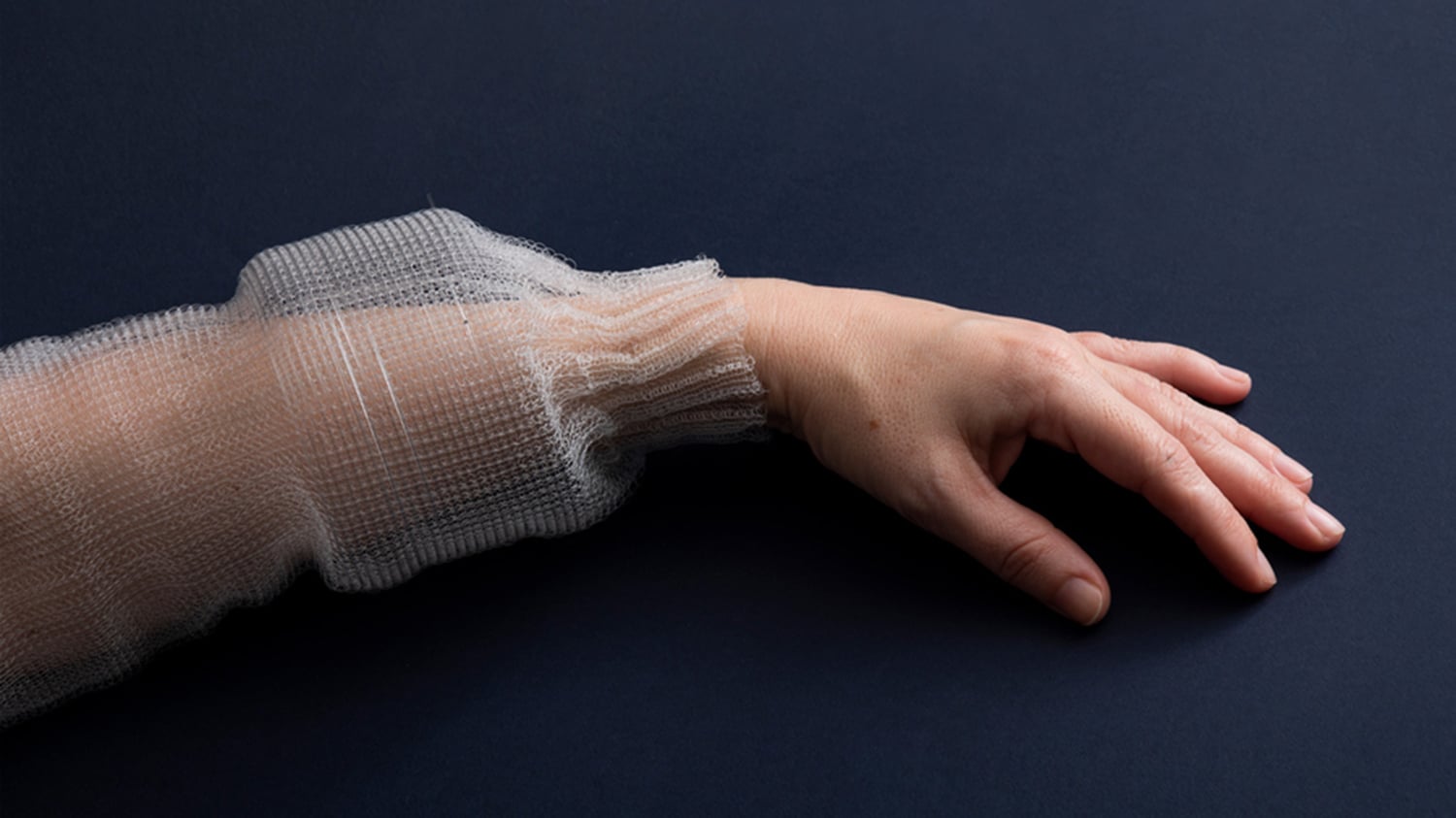
Until now, electronic fibers have been analog, which carries an electrical signal. MIT scientists have created a new digital fiber where discrete bits of information can be encoded and processed in 0s and 1s.
These newly developed digital fibers raise the probability for fabrics to disclose the context of hidden patterns in the human body that could be used for physical performance monitoring, medical inference, and early disease detection.
Yoel Fink, who is a professor of material sciences and electrical engineering, a Research Laboratory of Electronics principal investigator, said, “This work presents the first realization of a fabric with the ability to store and process data digitally, adding a new information content dimension to textiles and allowing fabrics to be programmed literally.”
Scientists created this new fiber by placing several square silicon microscale digital chips into a preform that was then used to create a polymer fiber. They then controlled the polymer flow to create a fiber with the continuous electrical connection between the chips over tens of meters.
The fiber is thin enough that it can be passed through a needle to sew into fabrics. And it is washable: even after washing it multiple times, it won’t tear apart.
Moreover, it can store a lot of information in memory. In fact, during experiments, scientists were able to write, store, and read the information on the fiber, including a 767-kilobit full-color short movie file and a 0.48-megabyte music file. The files can be stored for two months without power.
MIT Ph.D. student Gabriel Loke said, “For instance, it offers a way to control individual elements within a fiber, from one point at the fiber’s end. You can think of our fiber as a corridor, and the elements are like rooms, and they each have their own unique digital room numbers.”
By developing a digital addressing method, scientists were able to activate the functionality of one element without turning on all the elements.
Fink noted, “Incorporating the digital fibers into a knitted garment sleeve, thus paving the way to creating the first digital garment.”
As mentioned in their release, the fiber also paves the way towards AI by including a neural network of 1,650 connections within fiber memory.
For a test, scientists sewed it around the armpit of a shirt. They used it to collect 270 minutes of surface body temperature data from a person wearing the shirt and analyze how they corresponded to different physical activities.
Based on this data, scientists determined that the fiber can determine the data with 96 percent accuracy what activity the person wearing it was engaged in.
Loke said, “Adding an AI component to the fiber further increases its possibilities, the researchers say. Fabrics with digital components can collect a lot of information across the body over time, and these “lush data” are perfect for machine learning algorithms.”
“This type of fabric could give quantity and quality open-source data for extracting out new body patterns that we did not know about before.”
Journal Reference:
- Loke, G., Khudiyev, T., Wang, B. et al. Digital electronics in fibres enable fabric-based machine-learning inference. Nat Commun 12, 3317 (2021). DOI: 10.1038/s41467-021-23628-5
Continue reading New programmable fiber with digital capabilities on Tech Explorist.
0 comments:
Post a Comment